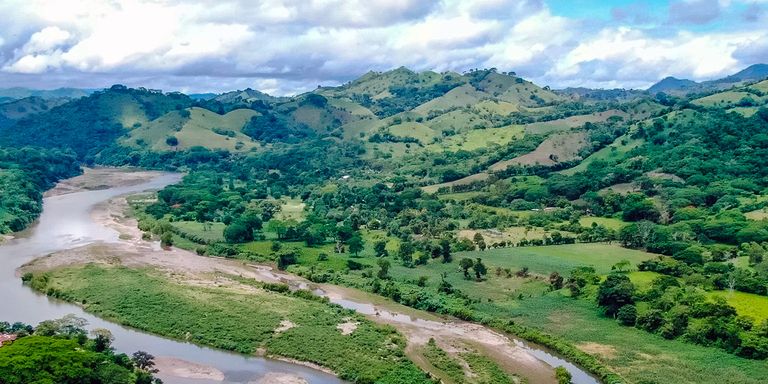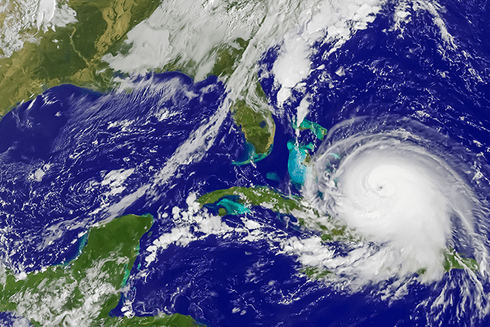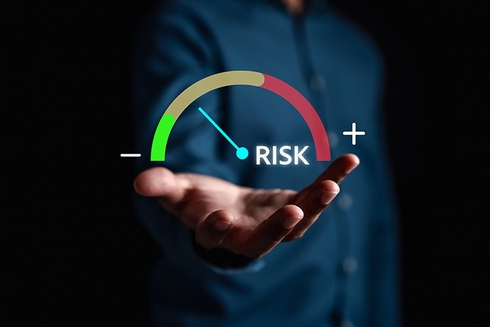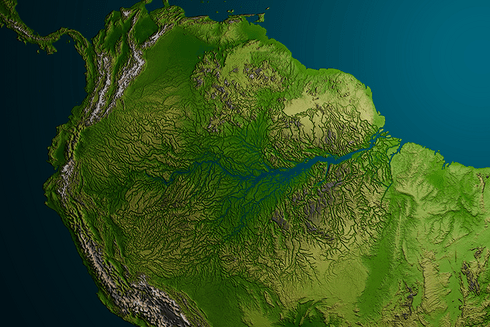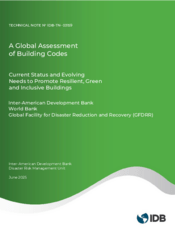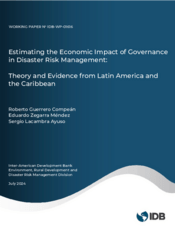
At the IDB, we understand that disaster risk management must be comprehensive, proactive and with a sustainable development perspective.
We help governments integrate risk into fiscal frameworks, strengthen institutions, and expand access to innovative financing. Using our expertise, innovative digital platforms, and regional coordination, countries move from reacting to disasters to systematically reducing vulnerabilities and building long-term resilience.

Integrating disaster risk into planning, fiscal frameworks, and infrastructure and social services.
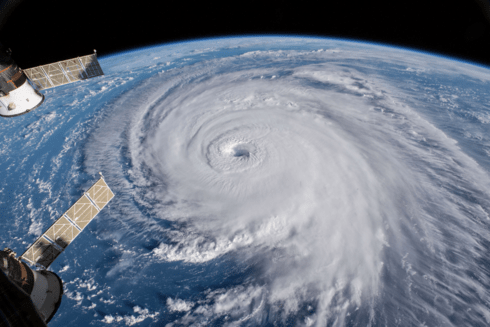
Using AI-powered early warnings and adaptive social protection to prepare, respond, and safeguard their most vulnerable communities.

Pre-disaster arranged financing ensures livelihoods, economies, and development stay resilient when disasters strike.
An IDB Group regional initiative strengthening disaster resilience in Latin America and the Caribbean by boosting collaboration, sharing tools, and improving preparedness and response.
An IDB program helping Latin American and Caribbean countries manage disaster risks through better assessment, regional collaboration, and innovative finance like resilience bonds.

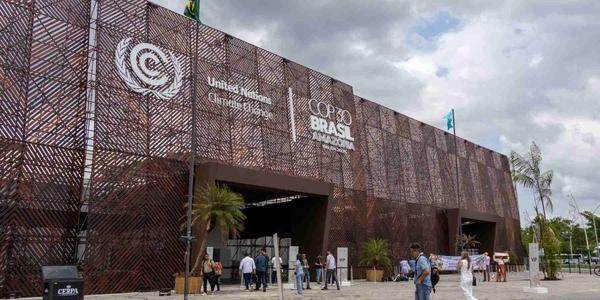
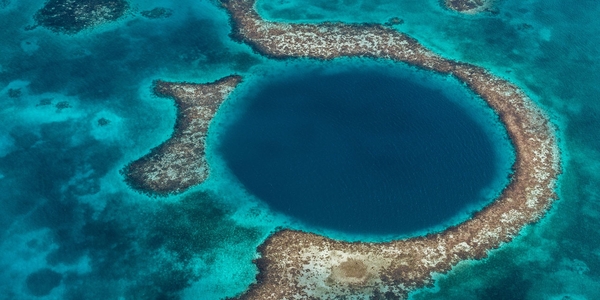
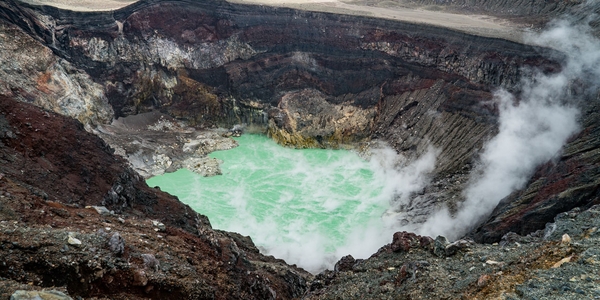
Discover the topics in which we work to improve lives in Latin America and the Caribbean.
Explore our offices across countries and the work they do to improve lives.
